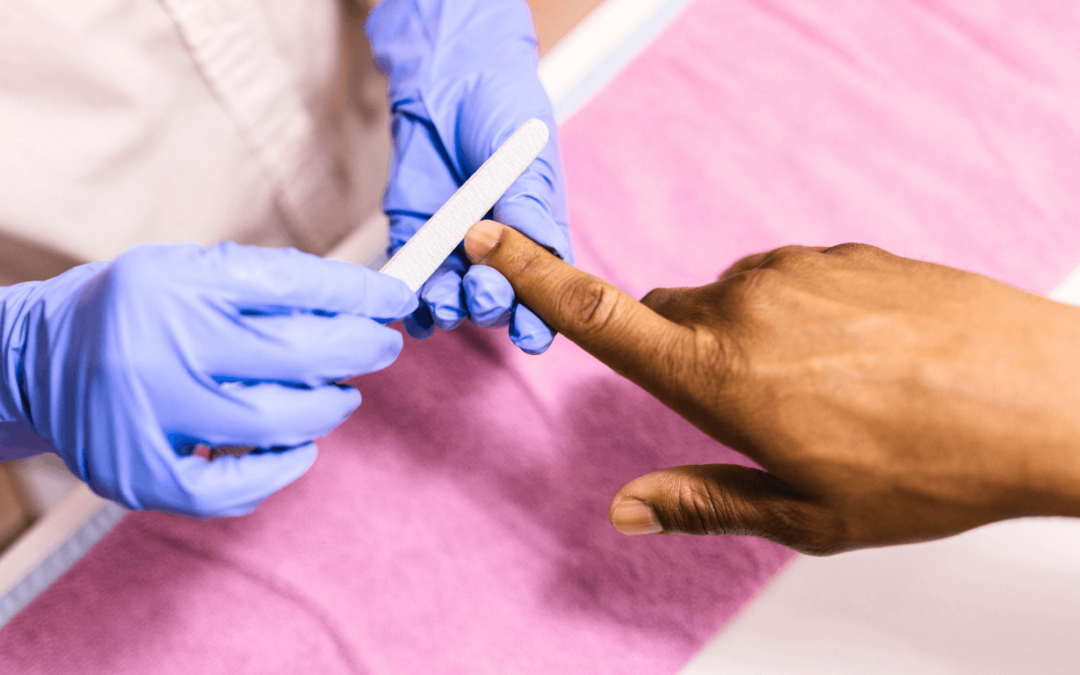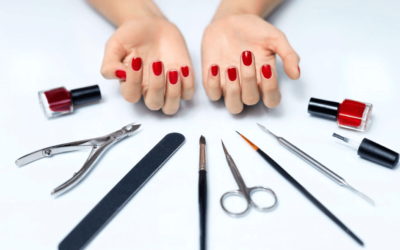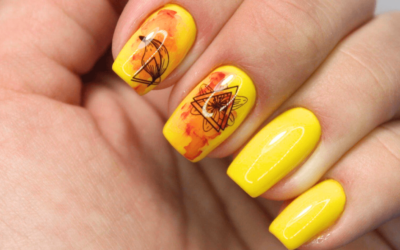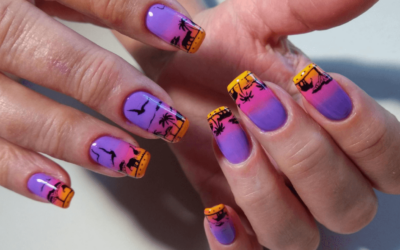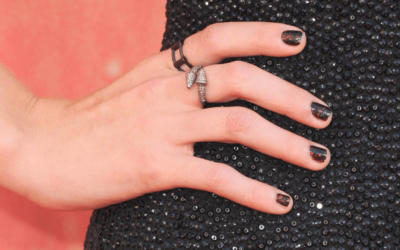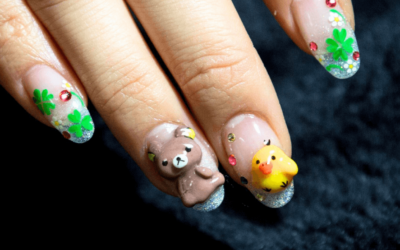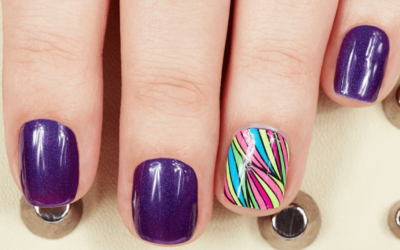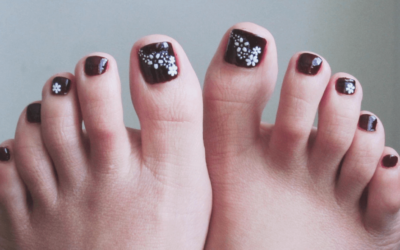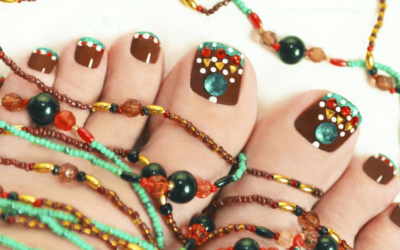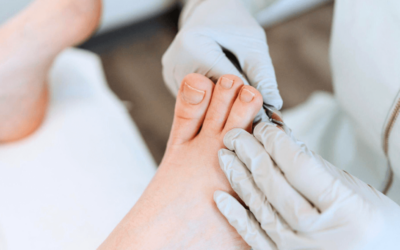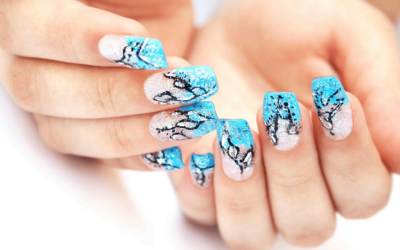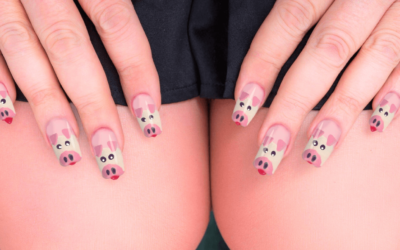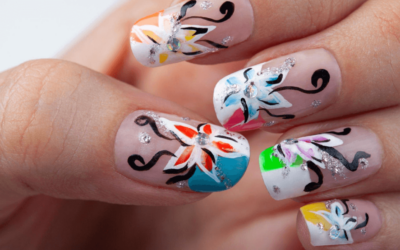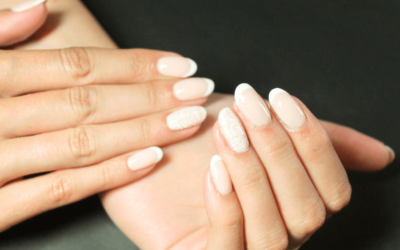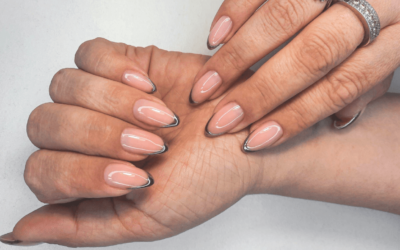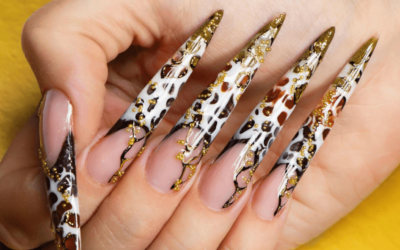Are your nails feeling weak, brittle, or damaged? Don’t worry, because in this comprehensive guide, we’ll explore effective techniques and tips on how to fix damaged nails and restore their health.
Our nails play an essential role in our overall appearance and self-confidence, so it’s crucial to give them the care they deserve. From nail care routines to nourishing treatments, we’ve got you covered!
Understanding Nail Damage
Nail damage can be caused by various factors, including excessive use of harsh nail products, improper nail care practices, nutrient deficiencies, and even certain medical conditions.
Common signs of damaged nails include peeling, splitting, cracking, thinning, and discoloration. It’s essential to address these issues promptly to prevent further damage and promote nail health.
Steps to Repair Damaged Nails
Trim and Shape: Start by trimming your damaged nails to a length that feels comfortable and helps prevent further breakage.
Use a gentle nail file to shape them into your desired style, such as rounded or squared edges. Avoid aggressive filing, as it can weaken the nails further.
Avoid Harsh Chemicals: Minimize your use of harsh nail products, such as acetone-based nail polish removers and aggressive nail polishes.
These products can strip the nails of natural oils and contribute to further damage. Look for gentle and nourishing alternatives that are free from harmful chemicals.
Moisturize Regularly: Moisturizing your nails and cuticles is crucial for maintaining their health and preventing dryness.
Apply nourishing cuticle oil or cream regularly to keep them hydrated and supple. Massage the product into the nail beds and cuticles to improve blood circulation and promote healthy nail growth.
Protective Base Coat: Before applying nail polish, always use a protective base coat. This acts as a barrier between your nails and the pigments in the polish, reducing the risk of staining and damage.
Look for base coats enriched with vitamins and strengthening ingredients to provide additional nail care benefits.
Gentle Nail Polish Removal: When removing nail polish, opt for gentle acetone-free removers or soak-off gel polish removers.
These are less harsh on the nails and minimize the risk of drying them out. Avoid peeling or scraping off nail polish, as this can cause further damage.
Nourishing Nail Treatments: Incorporate nourishing nail treatments into your routine to repair and strengthen damaged nails.
Look for products containing ingredients such as biotin, keratin, and vitamin E, which promote nail growth and resilience. Apply these treatments according to the product instructions for optimal results.
Healthy Diet and Supplements: Support your nail health from within by maintaining a balanced diet rich in vitamins, minerals, and protein. Include foods like leafy greens, lean meats, eggs, and nuts, which are all beneficial for nail growth and strength.
If necessary, consider taking supplements specifically formulated for hair, skin, and nails, after consulting with a healthcare professional.
Gentle Nail Care Practices: Practice gentle nail care to prevent further damage. Avoid using your nails as tools for opening packages or scraping surfaces.
Wear protective gloves when performing household chores or engaging in activities that may expose your nails to harsh chemicals or excessive moisture.
Professional Help and Maintenance
If you have severe or persistent nail damage, it may be beneficial to seek professional help from a dermatologist or a nail technician.
These experts can evaluate your nails’ condition and recommend specialized treatments or professional manicures to restore their health.
Additionally, regular maintenance, such as professional nail trims and moisturizing treatments, can help prevent further damage and promote overall nail health.
Embracing Healthy Nails and Self-Care
Remember that restoring damaged nails takes time and patience. Embrace the journey of nurturing your nails back to health and prioritize self-care along the way.
Pay attention to your nail care routine, keep them moisturized, and avoid harsh practices that can further damage your nails.
Celebrate the progress you make and enjoy the process of having healthy, beautiful nails that enhance your overall appearance and boost your confidence.
Additional Tips for Repairing Damaged Nails
Avoid Excessive Moisture: Excessive exposure to water and moisture can weaken your nails. Wear gloves while washing dishes or engaging in activities that involve prolonged water contact.
After washing your hands, make sure to dry your nails thoroughly to prevent them from becoming soft and prone to breakage.
Regular Nail Trims: Keep your nails trimmed regularly to prevent them from snagging or catching on objects, which can lead to further damage.
Use a quality nail clipper or file to maintain a consistent nail length. Aim for a slightly rounded or square shape, as pointed nails tend to be more susceptible to breakage.
Protective Nail Hardener: Consider using a protective nail hardener as part of your nail care routine. These products contain strengthening ingredients that help fortify the nails and reduce brittleness.
Apply the nail hardener according to the instructions provided, and be consistent with its use to see long-term benefits.
Hydrate from Within: Hydrating your body from the inside out can also have a positive impact on your nail health.
Drink an adequate amount of water throughout the day to keep your nails hydrated and prevent dryness. Well-hydrated nails are less likely to become brittle and prone to damage.
Avoid Nail Biting and Picking: Nail biting and picking can significantly contribute to nail damage and hinder the healing process.
Break these habits by finding alternative ways to manage stress or anxiety, such as using stress balls or practicing deep breathing exercises. If necessary, seek professional help to overcome these habits.
Avoid Gel and Acrylic Nails: While gel and acrylic nails can provide a polished look, the removal process can be harsh on the natural nails and cause damage.
If your nails are already damaged, it’s best to avoid these types of artificial nail enhancements until your natural nails have fully recovered.
Protective Nail Polish: Opt for nail polishes that offer additional benefits, such as strengthening or nourishing properties.
Look for polishes infused with ingredients like calcium, vitamin E, or argan oil, which can help promote healthier nails. Apply a protective layer of polish to shield your nails from environmental factors.
Give Your Nails a Break: If your nails are severely damaged, consider giving them a break from nail polish and other nail products for a while.
This allows the nails to breathe and recover naturally. Focus on maintaining a healthy nail care routine during this time to optimize the healing process.
Remember, everyone’s nails are unique, and the time it takes to repair damaged nails may vary.
Be patient and consistent with your nail care practices, and you will gradually notice improvements in the health and strength of your nails.
Embrace the opportunity to pamper and nurture your nails, and enjoy the journey to achieving healthy and beautiful nails.

